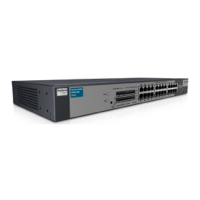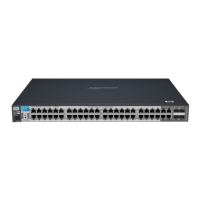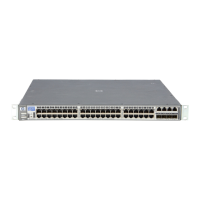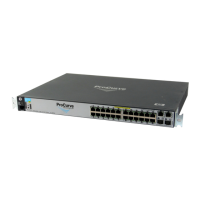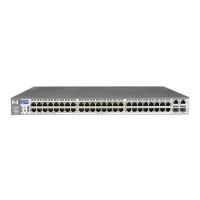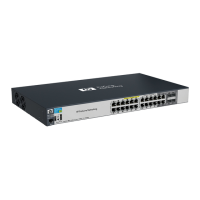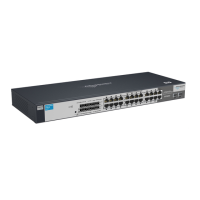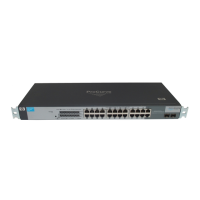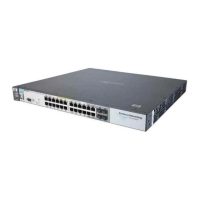6-33
Quality of Service (QoS): Managing Bandwidth More Effectively
Using QoS Types To Configure QoS for Outbound Traffic
QoS IP Type-of-Service (ToS) Policy and Priority
QoS Type Precedence: 3
This feature applies only to IPv4 traffic and performs either of the following:
■ ToS IP-Precedence Mode: All IP packets generated by upstream devices
and applications include precedence bits in the ToS byte. Using this mode,
the switch uses these bits to compute and assign the corresponding 802.1p
priority.
■ ToS Differentiated Services (Diffserv) Mode: This mode requires
knowledge of the codepoints set in IP packets by the upstream devices
and applications. It uses the ToS codepoint in IP packets coming from
upstream devices and applications to assign 802.1p priorities to the pack-
ets. You can use this option to do both of the following:
• Assign a New Prioritization Policy: A “policy” includes both a
codepoint and a corresponding 802.1p priority. This option selects an
incoming IPv4 packet on the basis of its codepoint and assigns a new
codepoint and corresponding 802.1p priority. (Use the qos dscp-map
command to specify a priority for any codepoint—page 6-58.)
• Assign an 802.1p Priority: This option reads the DSCP of an
incoming IPv4 packet and, without changing this codepoint, assigns
the 802.1p priority to the packet, as configured in the DSCP Policy
Table (page 6-58). This means that a priority value of 0 - 7 must be
configured for a DSCP before the switch will attempt to perform a
QoS match on the packet’s DSCP bits.
Before configuring the ToS Diffserv mode, you must use the dscp-map
command to configure the desired 802.1p priorities for the codepoints you
want to use for either option. This command is illustrated in the following
examples and is described under “Differentiated Services Codepoint
(DSCP) Mapping” on page 6-58.
Unless IP-Precedence mode and Diffserv mode are both disabled (the default
setting), enabling one automatically disables the other. For more on ToS
operation, refer to “Details of QoS IP Type-of-Service” on page 6-43.
Notes “Mixing” ToS DSCP policies and 802.1p priorities is not recommended. Refer
to the Note on page 6-10.
IP-ToS QoS does not support layer-2 SAP encapsulation. For more information
on packet-type restrictions, refer to ‘‘Details of Packet Criteria and
Restrictions for QoS Support’’, on page 6-66.
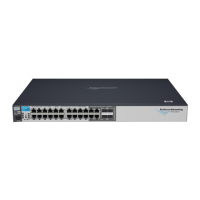
